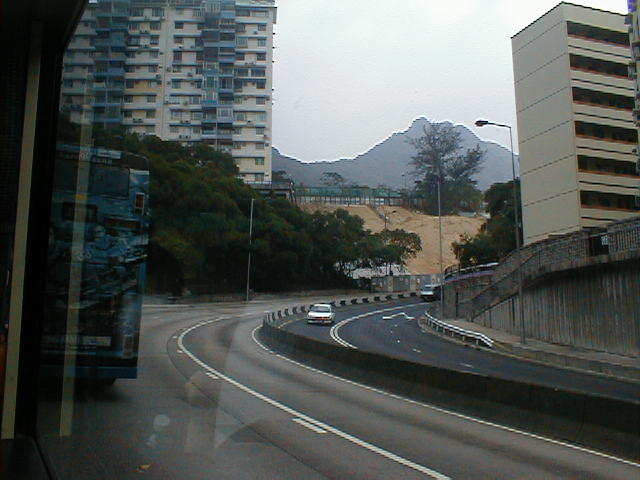|
Tsing Yi island is crossed by road and rail links to Lantau
and Chek Lap Kok airport. High density suburbs here enjoy fast road and rail
links to Kowloon and Hong Kong. |
 |
 |
Sha Tin is a major community built on reclaimed land alongside
the Shing Mun river, north of Lion Rock.
The KCR station here is linked to a major shopping and
commercial centre, and the Sha Tin
Town Hall, a
major venue for the performing arts. |
|
The Sha Tin Town
Plaza is a major shopping centre, accessed directly from the
train and bus
stations. |
 |
 |
High rise apartments adjoin the town centre
facilities. |
|
Not all of the large housing developments are linked directly
to the rail network of either KCR or MTR.
The express services of KMB and other operators provide the
necessary links.
The Lion Rock Tunnel Road links the area with northern
Kowloon |
 |
 |
Sha Tin Wai and the other communities on the southern bank of
the Shing Mun river are to be served by a new 11.4km KCR
Ma On
Shan line
In discussion over the proposed East Rail extensions the KCR
claims that it is not economical to serve a housing estate of 30,000 people
with a heavy rail station. |
|
These densities and the proximity of high rise housing to major
transportation arteries require expensive noise reduction measures.
This noise barrier immediately north of Tai Po Market Station
is typical of infrastructure design in the urban areas. |
 |
 |
These are the apartments protected by the barrier.
Both rail and highway corridors are treated.
Railway passenger rolling stock is also designed to reduce
noise generation and transmission. |









